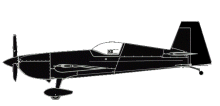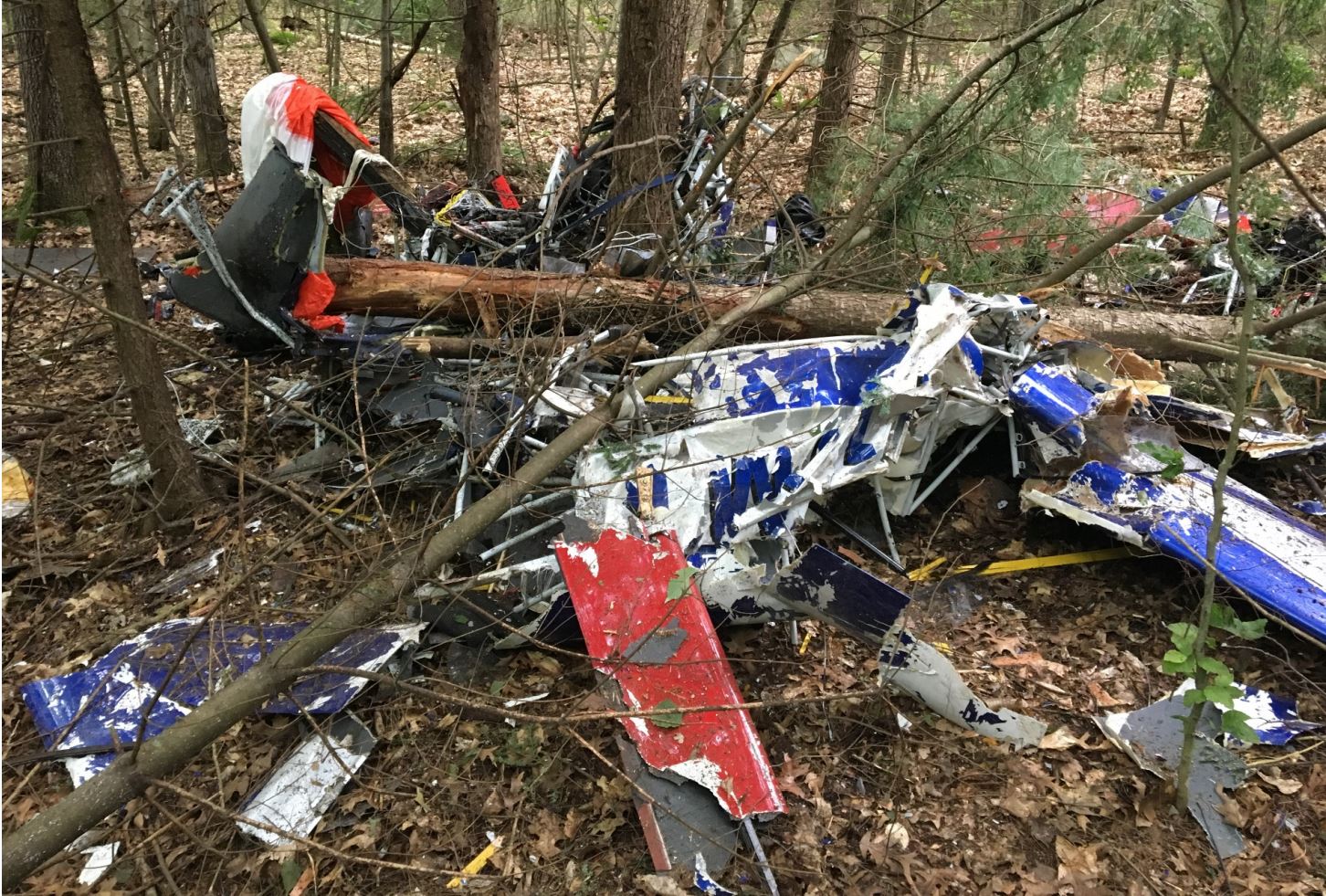
ASN Wikibase Occurrence # 196652
This information is added by users of ASN. Neither ASN nor the Flight Safety Foundation are responsible for the completeness or correctness of this information.
If you feel this information is incomplete or incorrect, you can submit corrected information.
| Date: | Thursday 13 July 2017 |
| Time: | c. 11:25 |
| Type: |  Extra EA-300L |
| Owner/operator: | Private |
| Registration: | N210MX |
| MSN: | 1210 |
| Year of manufacture: | 2005 |
| Total airframe hrs: | 956 hours |
| Engine model: | Lycoming AEIO-540-L1B5 |
| Fatalities: | Fatalities: 1 / Occupants: 1 |
| Aircraft damage: | Destroyed |
| Category: | Accident |
| Location: | Winchester, Cheshire County, NH -
 United States of America United States of America
|
| Phase: | Manoeuvring (airshow, firefighting, ag.ops.) |
| Nature: | Private |
| Departure airport: | Danielson Airport, CT (KLZD) |
| Springfield-State Airport, VT (VSF/KVSF) | |
| Investigating agency: | NTSB |
| Confidence Rating: |
The noninstrument-rated private pilot was conducting a cross-country flight to compete in an aerobatic competition scheduled to begin the next day. Weather information showed that the pilot would have experienced increasingly cloudy conditions as the airplane proceeded along the route of flight. Radar data indicated that the airplane was flying on a northerly heading before it made two complete right turns followed by a larger diameter sweeping right turn, and abrupt and rapid diversions from the en route altitude. The last 3 minutes of data showed the airplane climbing from 2,000 ft mean sea level (msl) (1,300 ft above ground level) to 6,425 ft msl. The airplane then began to descend, and radar contact was lost at 5,800 ft msl. Automated observations from airports north and south of the accident site showed ceilings at 800 ft above ground level and 1,200 ft above ground level, respectively. The pilot did not obtain a weather briefing from an official, access-controlled source before departing on the flight, and it could not be determined if he checked or received additional weather information before or during the flight.
A witness described the airplane as performing "aerobatics" in a very "low cloud ceiling." He subsequently observed the airplane enter a "high vertical climb," and then heard it descending. The airplane descended through the bottom of the clouds and continued "straight down" until impact. In addition, a witness heard the engine operating at a high power setting before impact. The damage to adjacent trees and the limited linear wreckage debris path were consistent with a near-vertical, nose-low attitude at impact. Examination of the airframe and engine did not reveal any evidence of a preimpact anomaly or malfunction. A placard in the airplane stated that the airplane was not approved for flight in instrument meteorological conditions.
Despite not being instrument rated and flying an airplane that was not certificated for instrument conditions, the pilot chose to continue along the flight route as weather conditions deteriorated rather than diverting, consistent with a common behavioral trap known as "get-there-it is." It is likely that the pilot's desire to get to the destination airport in order to prepare for the competition contributed to this behavior. The instrument meteorological conditions that existed in the area of the accident site around the accident time and the airplane's turning ground track and near-vertical descent were consistent with a loss of control due to spatial disorientation.
Toxicology testing identified THC and its primary metabolite in liver, kidney, and lung specimens. While this indicated that the pilot had used marijuana at some point before the flight, without results from a blood specimen, it could not be determined when he used it or whether it may have had impairing effects at the time of the accident.
Probable Cause: The noninstrument-rated pilot's continued visual flight rules flight into instrument meteorological conditions, which resulted in spatial disorientation and collision with terrain. Contributing to the accident was the pilot's self-induced pressure to complete the flight in order to attend the aerobatic competition.
Accident investigation:
 |
|
Sources:
http://www.kathrynsreport.com/2019/03/extra-ea-300l-owned-by-pilot-and.html
https://registry.faa.gov/AircraftInquiry/Search/NNumberResult?nNumberTxt=104HJ
NTSB
https://www.airport-data.com/images/aircraft/000/707/707330.jpg (photo)
Location
Images:

Photo: NTSB
Media:
Revision history:
| Date/time | Contributor | Updates |
|---|---|---|
| 14-Jul-2017 07:10 | gerard57 | Added |
| 14-Jul-2017 13:06 | Spacepope | Updated [Location] |
| 14-Jul-2017 17:17 | Geno | Updated [Aircraft type, Registration, Cn, Location, Phase, Source, Narrative] |
| 15-Jul-2017 22:16 | Iceman 29 | Updated [Embed code] |
| 15-Apr-2019 14:42 | ASN Update Bot | Updated [Time, Departure airport, Destination airport, Source, Narrative, Accident report, ] |
| 15-Apr-2019 15:56 | harro | Updated [Departure airport, Destination airport, Source, Narrative, Photo] |
| 30-Oct-2021 10:02 | RobertMB | Updated [Time, Location, Source] |
| 30-Oct-2021 10:04 | RobertMB | Updated [Location, Source] |
Corrections or additions? ... Edit this accident description
The Aviation Safety Network is an exclusive service provided by:


 ©2024 Flight Safety Foundation
©2024 Flight Safety Foundation